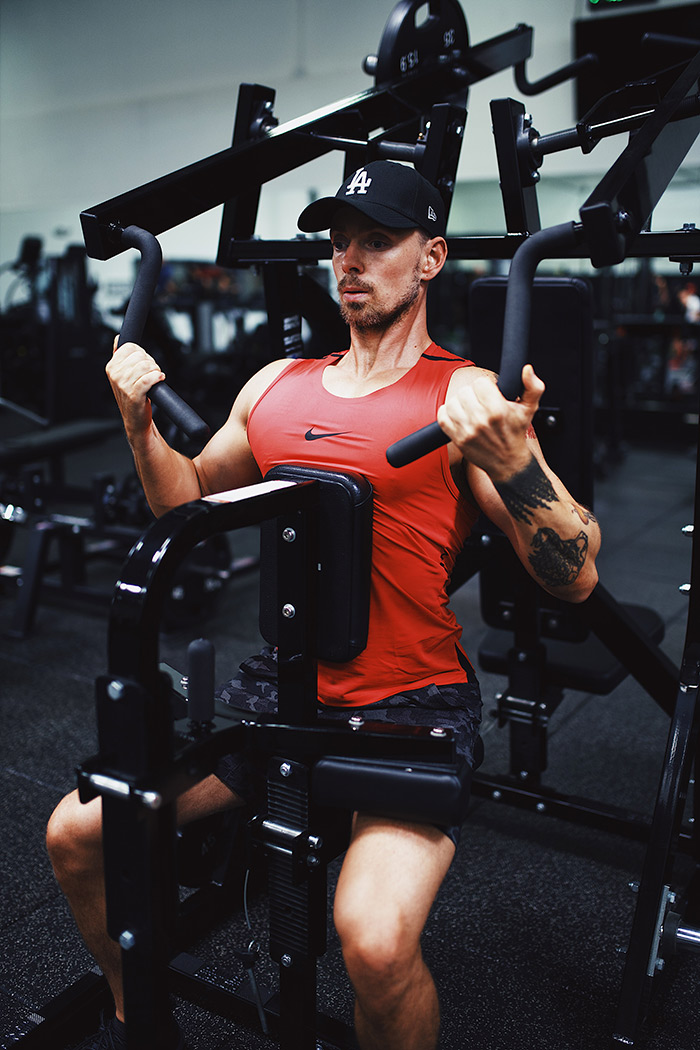Rest days are just as important as training days. Taking a rest day is key to allowing your body to replenish and repair, helping you to get better results from your training.
Rest days don’t have to mean being completely inactive though. In fact, active recovery is one of the best post-exercise recovery tactics you can do on a rest day. Active recovery can include light exercise such as walking, stretching, swimming, cycling and yoga – all of which can help increase your range of motion and reduce muscle soreness.
What is Active Recovery?
Active recovery is a form of exercise that is done at a low intensity, typically at a lower heart rate than during regular training. This type of exercise helps to flush out toxins and waste products, improve circulation, and reduce muscle soreness. It can also help to increase flexibility and range of motion, while also providing an opportunity to practice form and technique.
Active recovery is a vital part of any athlete’s regimen, allowing them to recover faster, reduce the risk of injury, and improve performance. It’s important to remember that recovery is just as important as the training itself, and that active recovery can be a great way to maximize the benefits of both.
So, why are rest days so important?
Well, rest allows your body to rebuild muscle and repair any tears that have been caused by exercise. Without rest, your body will not be able to recover properly and your performance will suffer as a result. It’s also important to allow yourself time to relax, de-stress and unwind. Exercise can be a great way to help manage stress, but sometimes it can be just as beneficial to take a break from exercise and just focus on relaxation.
On your rest day, make sure you eat a healthy and nutritious diet. This will help to refuel your body and provide the necessary building blocks for repair.
When it comes to proper nutrition for active recovery, timing and quality of food consumption is key. It’s important to refuel soon after exercise to help replenish energy stores and repair muscle damage. Eating a meal that contains carbohydrates, protein, and healthy fats within two hours of exercise is recommended.
Foods to Eat for Active Recovery:
-Whole grains and cereals
-Fruits and vegetables
-Lean proteins (chicken, turkey, fish, eggs)
-Healthy fats (nuts, nut butters, avocado
Foods to Avoid:
-Processed and refined foods
-Fried foods
-Sugary snacks and beverages
-Alcohol
Nutrient Timing:
-Consume a meal or snack that contains carbohydrates, protein, and healthy fats within two hours of exercise.
-Consume another meal or snack that contains carbohydrates, protein, and healthy fats four to six hours after exercise.
Sleep Patterns:
Getting adequate sleep is essential for effective active recovery. Aim for at least 7-9 hours of sleep per night. This will help the body to repair itself and reduce the risk of injury.
Hydration:
Hydration is essential for active recovery. It’s important to drink plenty of fluids throughout the day, and especially after exercise. Water should be the primary source of hydration, but electrolyte-rich drinks such as coconut water can also be beneficial.
In conclusion…
Active recovery is an important part of any athlete’s regimen, and can help to maximize the benefits of both training and recovery. Eating the right foods, timing nutrients, getting enough sleep, and staying hydrated are all important components of active recovery. Remember, recovery is just as important as the training itself. Finally, don’t forget to get enough sleep. By following these tips, athletes can ensure that their bodies are able to recover faster and perform at their best.
So, there you have it. Rest days don’t have to be boring or inactive. Take the time to engage in active recovery and focus on relaxation, nutrition and sleep. It’s all about balance – listen to your body and make sure you’re giving it the rest it needs. After all, it’s all part of being an athlete.
Happy resting!





